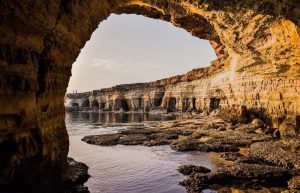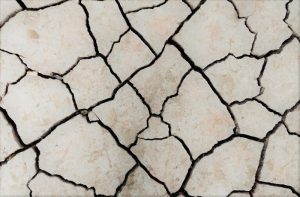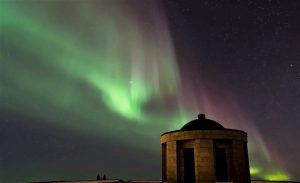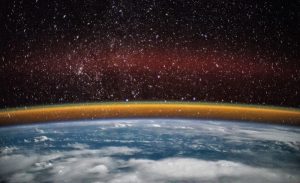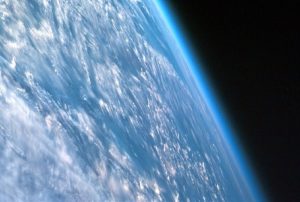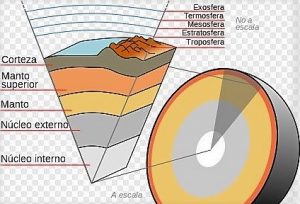Erosion
Erosion is a natural process of the earth's crust that occurs when rocks and soil are detached from the earth's surface where they are normally located and moved to another. It is responsible for changing the landscape by wearing down mountains, filling valleys and because it causes rivers to be born and disappear. In general, it is a rather slow and gradual process that can even last for thousands or millions of years. But erosion can sometimes be accelerated by human activities such as agriculture and mining. Erosion begins with a process called weathering; in this process, environmental factors break rocks and soil into smaller pieces and loosen them from the earth's surface, making it easier to transport.
What is erosion?
Erosion is the wear that occurs on Earth's surface by different external agents such as water or wind, or by friction between two bodies. It is part of the geographical cycle that involves changes in the relief by external agents.
About erosion
It consists of the degradation of the soil of the earth’s crust by means of different factors such as water and air. It occurs most strongly in places where the land is very arid and dry, and when there is no abundant vegetation because the soil is more exposed. It is part of the morphogenesis process by means of which soil forms are modified and molded.
Erosion process
The erosion process is responsible for moving pieces of rock or soil from one place to another. Most erosion is carried out by the effect of water (this being the most important), wind or ice. These forces are in charge of transporting rocks and soil fragments from the places where they were originally found, to other different ones. A sign of erosion is when we see muddy water.
The brown color of the water indicates that pieces of rock and soil are suspended in the water and are transported from one place to another. This transported material is called sediment. When wind or water slows down or when ice melts, sediments are deposited in a new place. As sediment accumulates, more fertile soil forms in the new location. River basins are made almost entirely of sediment.
Types
There are different types of erosion, including the following:
- Water or hydric erosion: moving water is the main agent of erosion. The rain manages to break and carry pieces of land and slowly washes the fragments of rock. The streams of the rivers wear down their banks, creating larger and larger valleys. The blow of raindrops on the surface also generates the detachment and dragging of sediments.
- Wind erosion: wind can carry dust, sand and volcanic ash from one place to another. In drier areas, sand is carried away by the wind and the wind hits the rock and wears it down slowly. It occurs mainly in deserts.
- Chemical erosion: this type of erosion is the one that causes chemical changes in the rocks by means of different components such as oxygen, carbon dioxide and water that trigger different reactions. The rocks then crumble and travel to different places.
- Geological erosion: this is given by energy from the sun that causes the air and water layers of the earth to move and this causes the earth’s surface to become flatter, eroding and transporting sediments to different places.
- Biotic erosion: chemical processes of rocks such as heat, cold, water, biological compounds and chemical reactions produced by water in rocks. It depends on climate and temperature.
- Gravitational erosion: this happens when rocks and sediments are removed downwards by gravity force. The materials then move from the higher parts to lower places where rivers and glaciers collect the materials and move them to even lower places.
Causes
Erosion can be caused by several causes. Deforestation is one of them, when soils do not have enough trees erosion increases. Misuse in agriculture causes accelerated erosion, including ploughing and grazing. Droughts cause soils to loosen and sediments to move elsewhere. There are also some human activities that produce erosion, mining, diversion of rivers, occupation of riverbeds by buildings cause vegetation and humidity to decrease, increasing erosion.
Consequences of erosion
As a consequence of erosion there is the partial or total loss of soils and with it, all the ecosystems of a certain place are altered, mainly the aquatic one because the dragging of sediments modifies the waters, making them turbid and dirty. The flora and fauna are reduced and there is a slow loss of fertility in the soil, with them, the costs of agriculture increase considerably, and people have to move to different places because of the impoverishment of the areas.
Some examples
By means of water erosion we can see rocks in a rounded shape as a consequence of drag and erosion. Soils beneath a waterfall are worn down by the direct fall of the water. Deserts are an example of wind erosion, their results are long-term, for example, sandy dunes in deserts. When glaciers melt, rocks crack.
How to cite this article?
Briceño V., Gabriela. (2019). Erosion. Recovered on 3 May, 2025, de Euston96: https://www.euston96.com/en/erosion-en/
